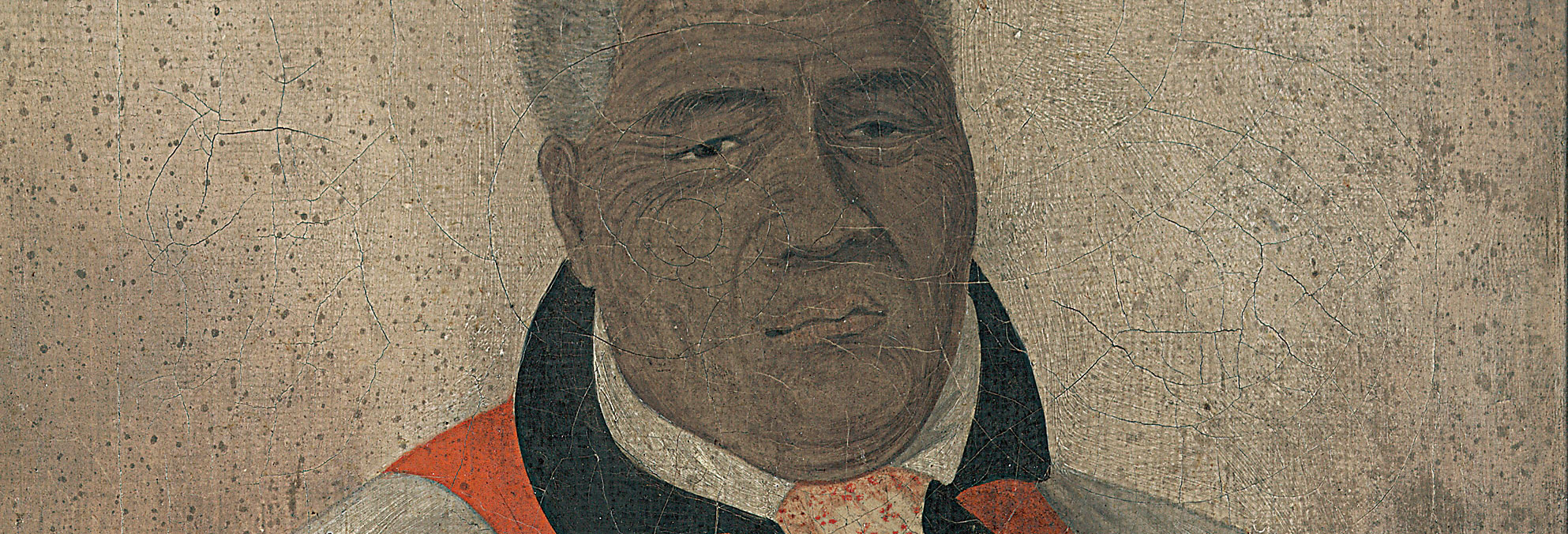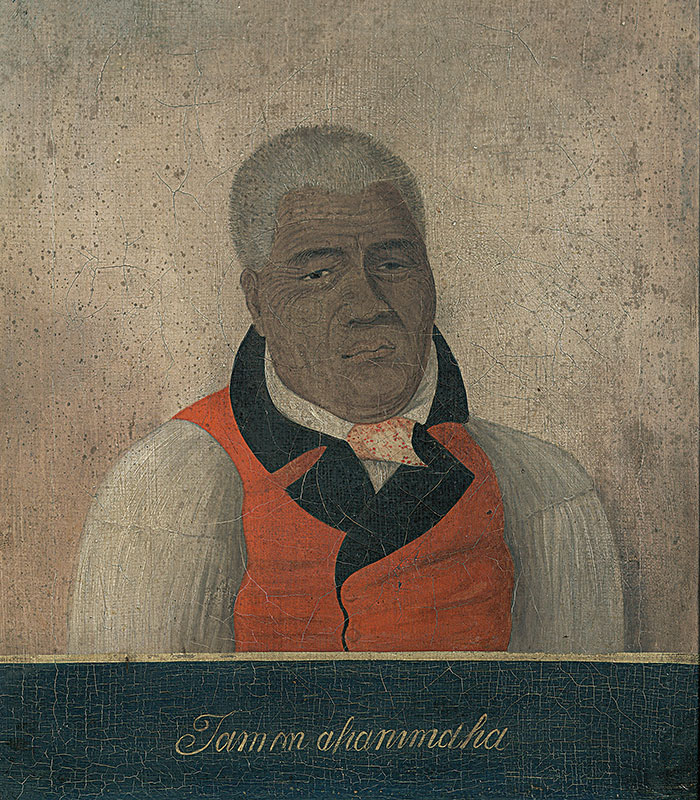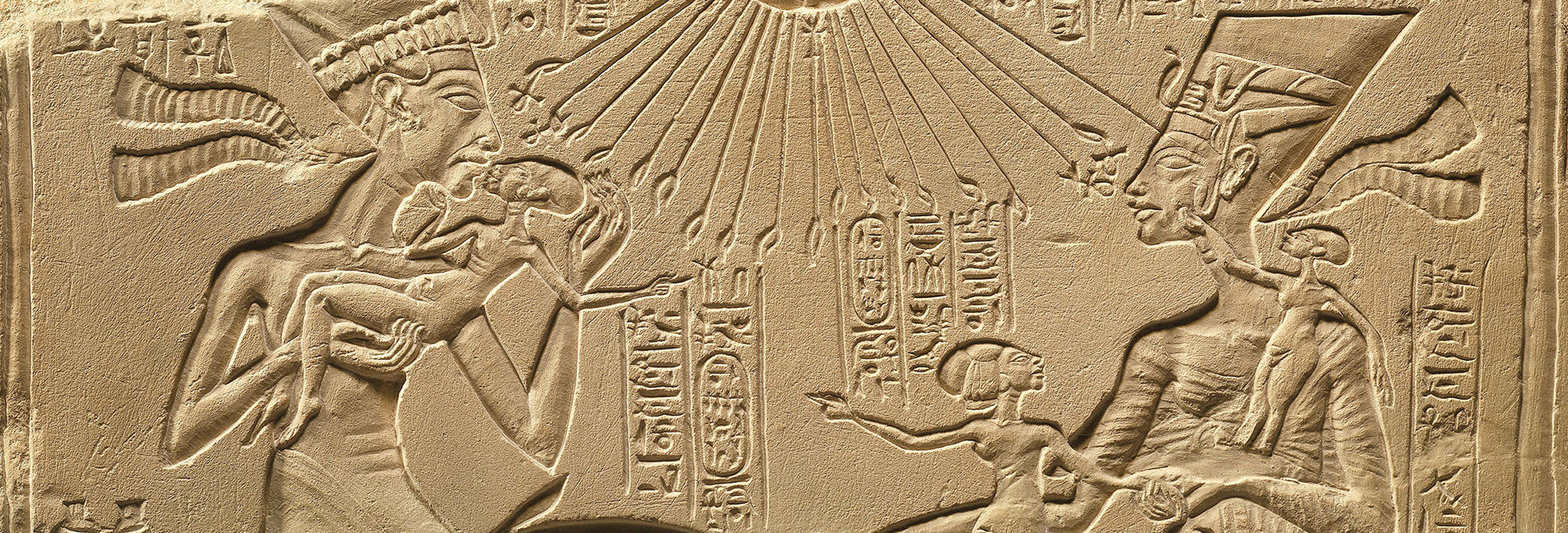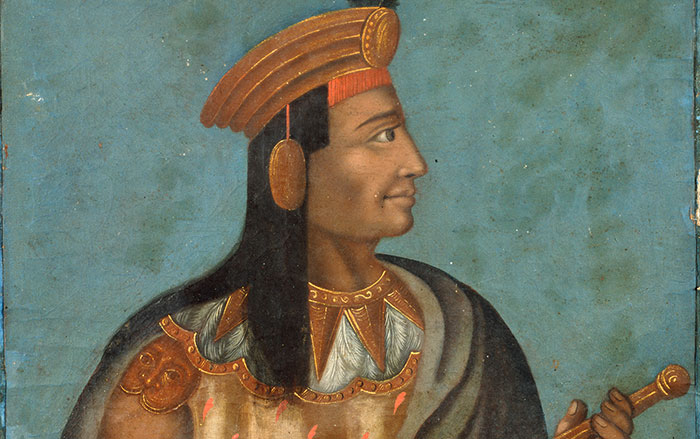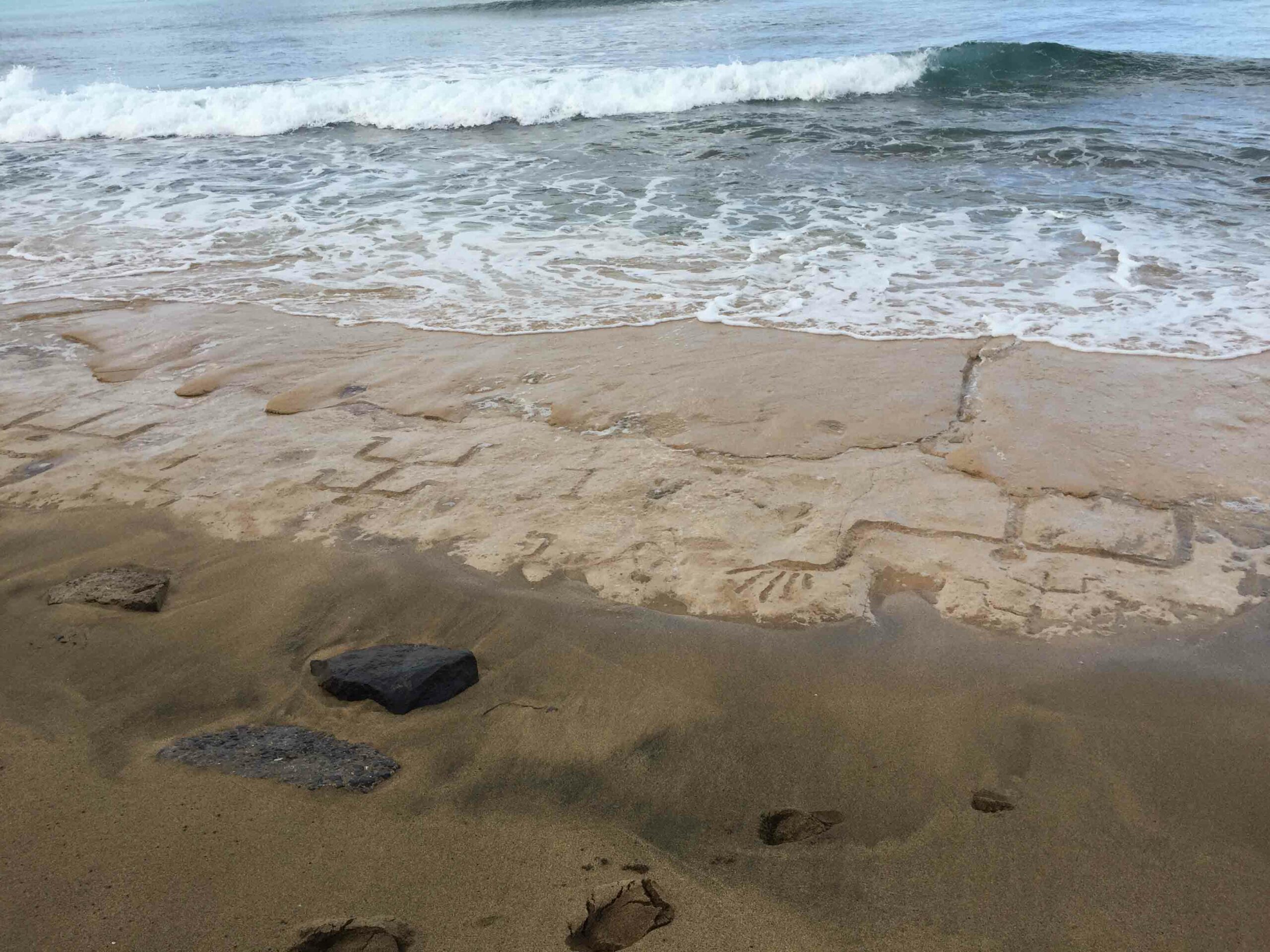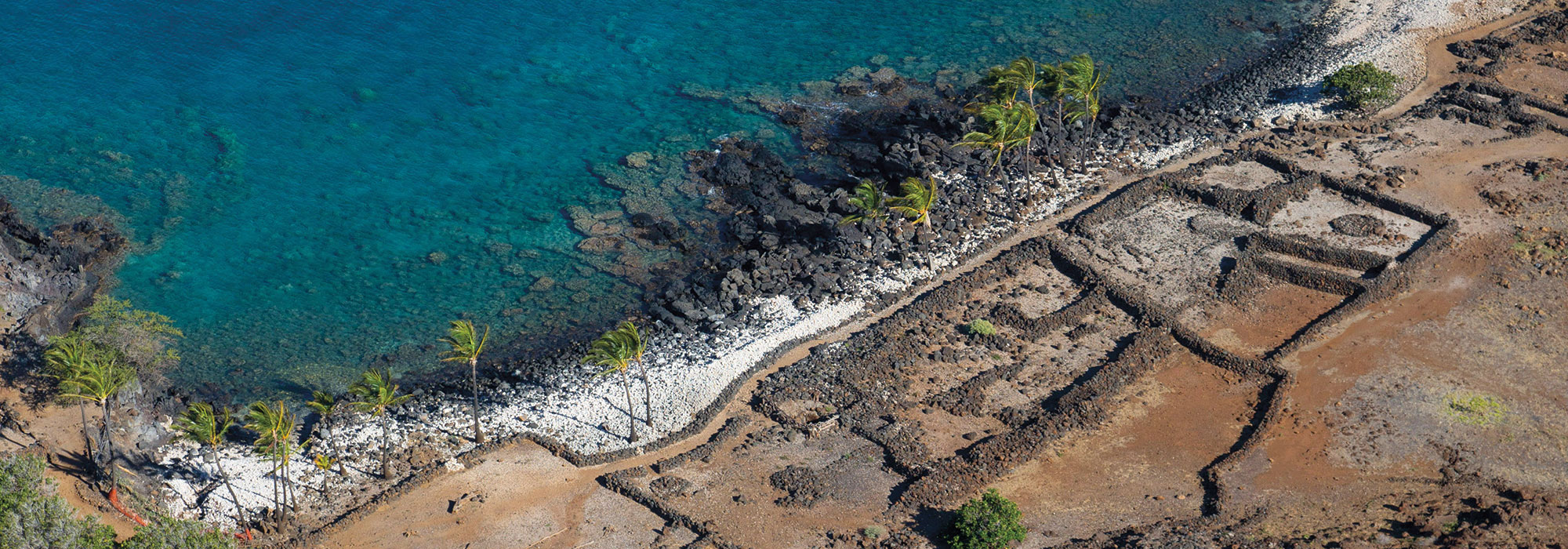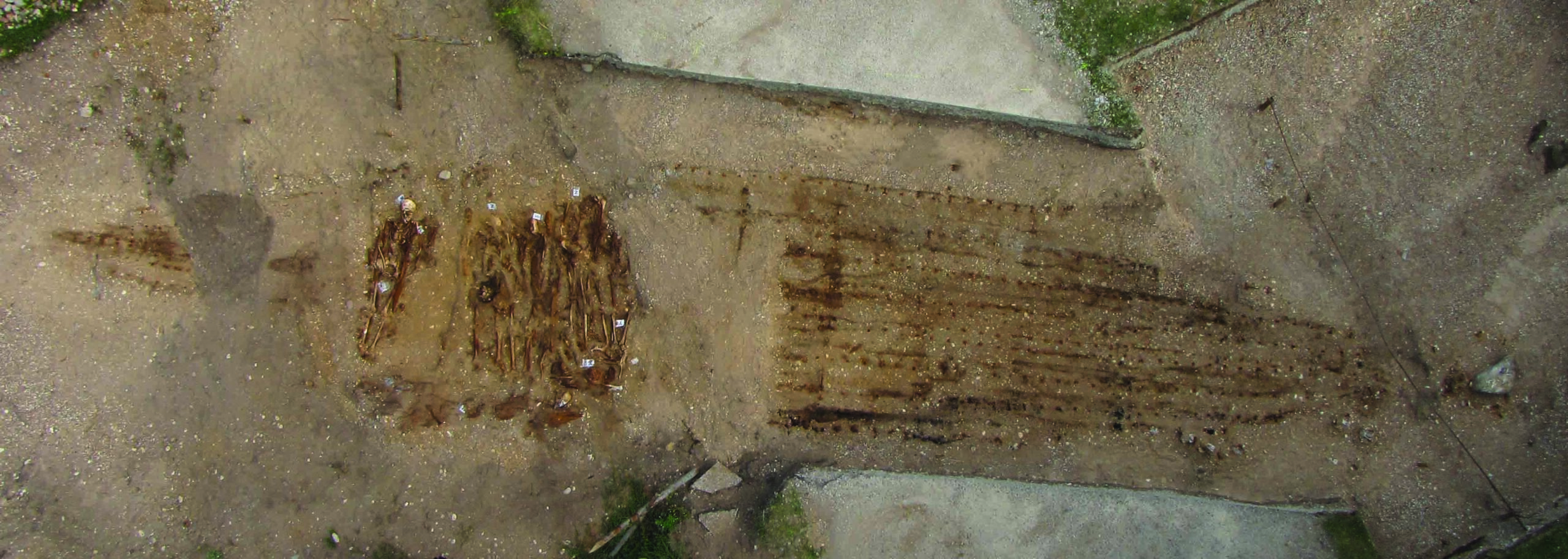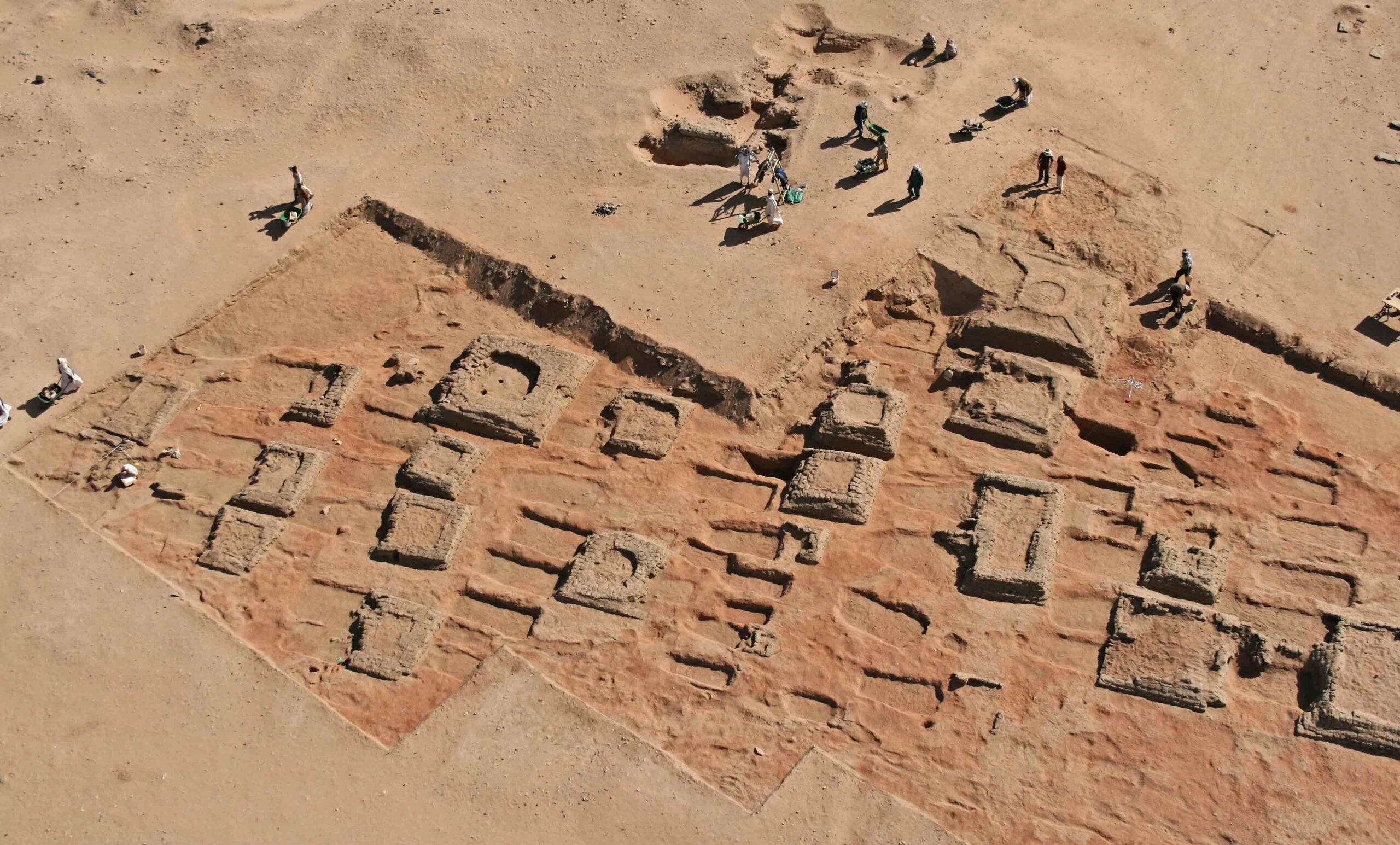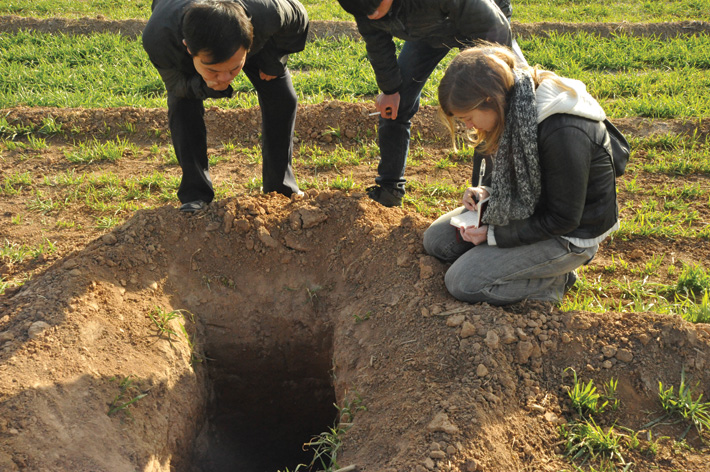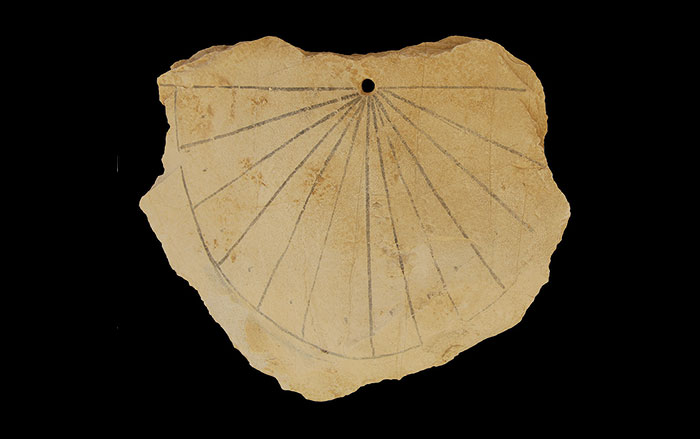
The morning star alone knows where Kamehameha’s bones are guarded. Despite the words of the Hawaiian proverb, people have speculated about the burial place of Hawaii’s first king ever since he died in 1819. Most can agree that his trusted lieutenants Ho’olulu and Hoapili took his bones and left them in a sacred burial cave whose location they kept secret. According to nineteenth-century historian David Malo, the two were strict adherents of the ancient Hawaiian concept of kahu, or the responsibility to guard idols or sacred things. “It is owing to the fidelity of the kahu that the hiding place of the great Kamehameha’s bones is to this day a profound secret,” wrote Malo in 1839.
Some Hawaiians believe Kamehameha is buried at the royal palace of Moku’ula, in Maui, the residence of King Kamehameha III from 1837 to 1845, and the site of a royal burial ground. According to legend, Kamehameha I may lie under Moku’ula in the grotto of a half-dragon, half-woman named Kihawahine. Others think his remains are in a cave in Maui’s Iao Valley, where many great Hawaiian chiefs are interred. In the late nineteenth century, the last Hawaiian king, David Kalakaua, who was passionate about Hawaiian history and culture—he is known for revitalizing the hula—became interested in finding Kamehameha’s remains. He is said to have ordered two sets of bones removed from a burial cave on the island of Hawaii and interred in the Royal Mausoleum in Oahu, believing one of them to have been Kamehameha’s. But information about those remains is sketchy, and the power of kahu will probably ensure Kamehameha’s bones will never be disturbed.


